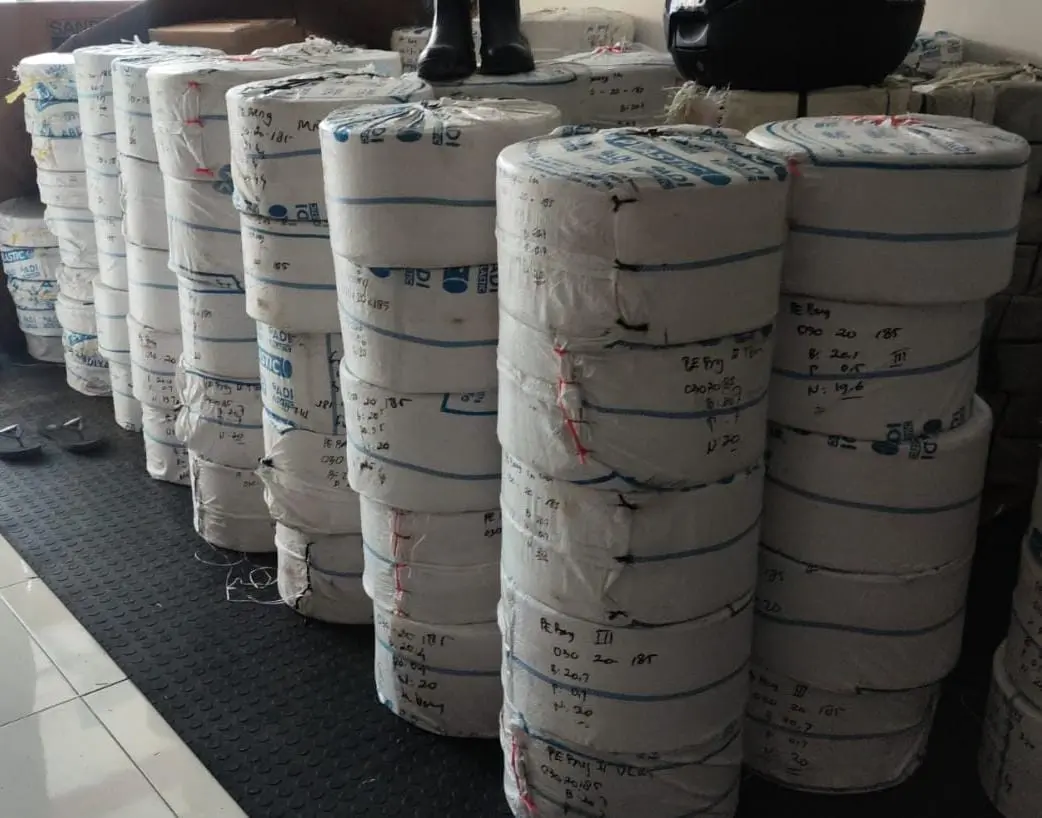Tips for determining the size of the plastic liner
Drilling (drilling) and blasting (blasting) are activities that are commonly carried out in the mining world. The purpose varies, but one thing for sure is to crush large rocks into smaller ones. For example in coal mining activities, rock on the surface needs to be crushed so that it is easily dredged and relocated so that the coal mine is open and ready to be dredged. Another example in construction activities is that the construction of roads in hilly areas that require equalization of land can be carried out by drilling and blasting to make the distribution process more efficient. Likewise, mining for cement production materials or foundation stone also uses drilling and blasting.
The use of plastic liners is often done when encountering watery soil or during the rainy season. The plastic liner used must have few specifications in accordance with field conditions. These specifications include plastic thickness, flat width (L), and weight per roll.
The thickness of the plastic used is adjusted to the soil or rock conditions in the field. If the plastic used is too thin, it is feared that it will easily leak or tear. Conversely, if it is too thick, it will make the ANFO filling process and bonding more difficult because the plastic is too stiff. Generally, the thickness of the plastic used is 200-350 microns.
The flat width (L) of the plastic liner used is adjusted to the diameter of the blast hole or the diameter of the bit. L is the width of the plastic liner when flat (not inflated) in contrast to the diameter (D). It can be said that L is equal to the length of the semicircle of the liner diameter. If the formula for the circumference of a circle is 2π.R, then the half circumference of a circle is (2π.R) / 2 or equal to π.R and R is equal to ½ D so that π.½D.
The plastic liner used is recommended to have a flat width (L) that is 2 cm smaller than the diameter of the blast hole or the diameter of the bit so that the plastic liner has a distance of 1 cm on the entire circumference of the surface with the blast hole wall.
The flat width (L) is generally expressed in units of cm. The following is a suggested calculation of L referring to the diameter of the hole or bit used:
Suppose that the diameter of the hole or bit used is 3 “= 7.62 cm. Then the flat width (L) = π.½D = 3.14. (7.62 / 2) = 12 cm. Then subtract 2 cm so that L = 10 cm.
So for a bit diameter of 3 “it is recommended to use a plastic liner with L = 10 cm.
The following is the reference table for the flat width (L) of the plastic liner:


0 Comments